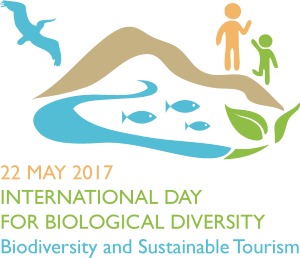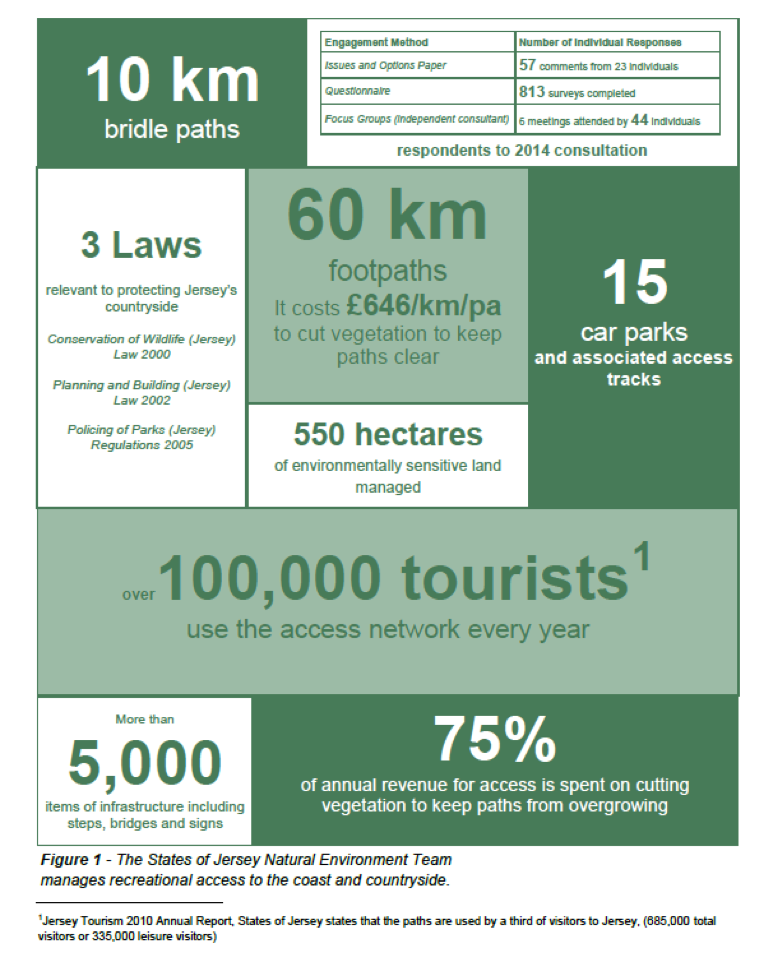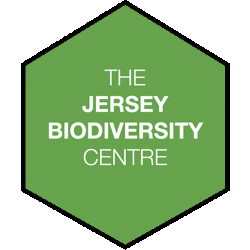Conservation and Tourism - International Biological Diversity Day
Conservation and Tourism - International Biological Diversity Day
Biodiversity in Jersey draws people from around the world. We are a unique island with a rich marine ecosystem, a hot spot for bird spotters and have flora and fauna species that are not found in the UK.
Many locals and tourists when the weather is bright and sunny make their way to the wilder areas of the island for walks in biodiversity hot spots such as the North Coast and St Catherine’s Woods.
![]()
These areas are protected for various species and because the habitat is threatened in our island. So how do the people managing these sites make sure they get the balance between protection and tourism right? We asked Julia from the Natural Environment team who monitors a vast percentage of Jersey’s wild areas what she thinks about tourism and conservation.
How do you get the balance between conservation and letting tourists and locals onto protected sites?
We want people to enjoy the countryside but we also want them to be aware of the conservation value of these sites. It is very much a balancing act between conservation and allowing people access to the countryside. We want to give people a positive image of conservation and we do this through education and awareness.
It starts with people management through the creation of marked footpaths, bridleways and having suitable areas for parking. Signs are placed on the sites before and throughout any habitat management that explains why we are doing certain practices and what the conservation goal is. We have been using signs like the one below for a number of years now. We do this because often this type of work can elicit response from the public and it gives people an opportunity to talk to us about what we are doing and why.
![]()
What are the main methods you use to reduce the impact of people on biodiversity?
The main method is through signage and informing people of how to act of site such as asking for dogs to be on leads when walking through an area grazed for conservation. Sometimes areas have to be blocked off to prevent disturbance to breeding birds, for example areas on the sand dunes are fenced off when ground nesting skylarks are raising their young.
Recently The Countryside Access Strategy for Jersey 2016 was created that has been informed by engagement with the public users of the access network. If you’re interested in learning more about accessing the countryside read more here.
Do you think that biodiversity and tourism in Jersey can work in harmony?
Yes, tourism protects areas for conservation by highlighting its value, both economically and emotionally. It brings people to the island from around the world that want to view our unique mix of species. There are plenty of local tour groups that show people how amazing our wild places are. Tourism is worthwhile to conservation as it shows the value of our wild areas and this can be used to protect them for the future.


